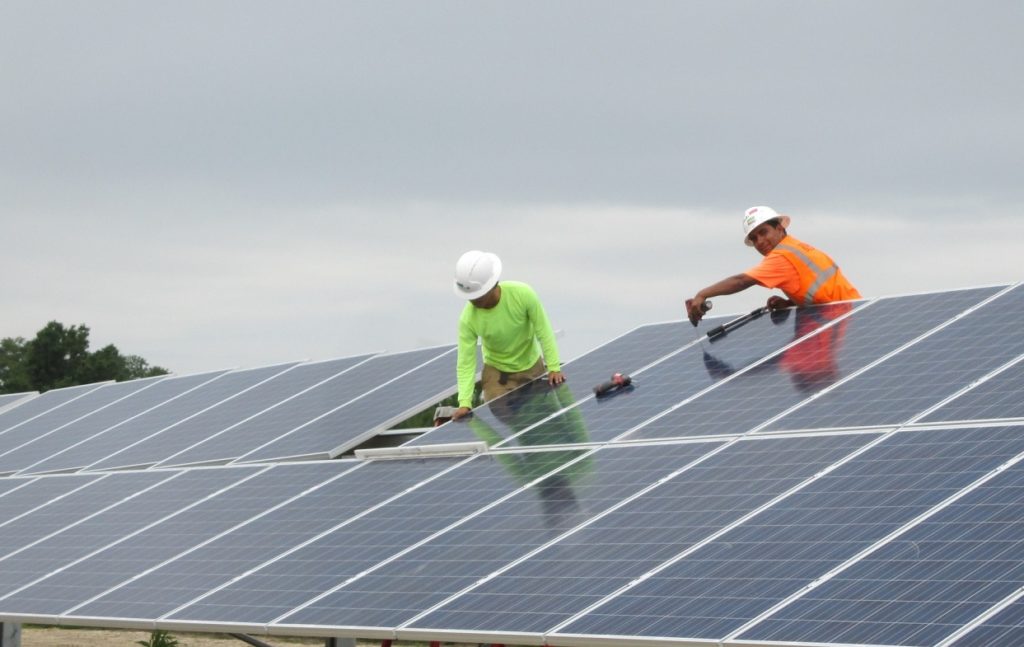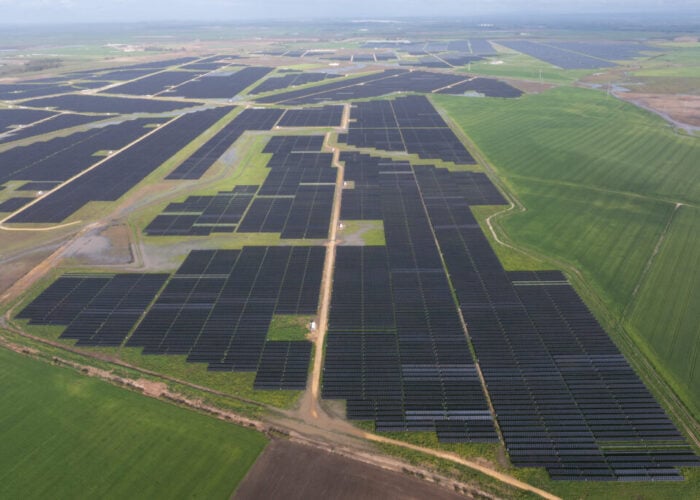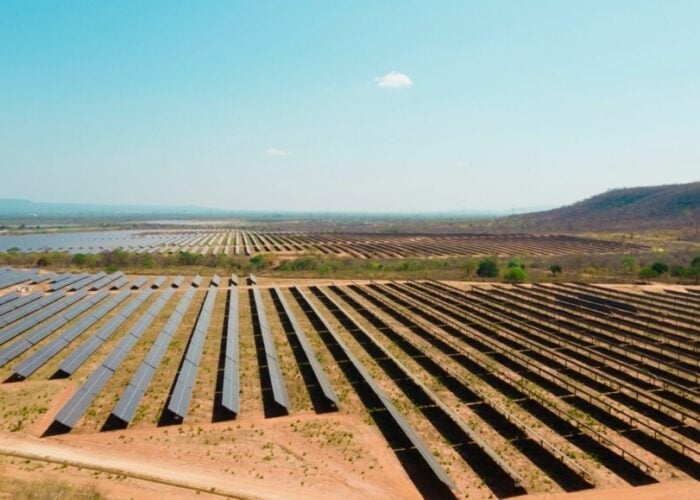
The US added 6,012 new jobs in the solar industry between the fourth quarter of 2023 and the fourth quarter of 2024, pushing the total number of US solar jobs to 370,556, accounting for more than 60% of all jobs in US renewable energy generation.
This is a key conclusion to be drawn from E2’s tenth annual ‘Clean Jobs America’ report, which notes that the growth in the solar sector mirrors broader growth in the US clean energy industry. According to the report, the US clean energy industries have added around 520,000 jobs in the last five years, and jobs in the renewable sector account for 82% of all new jobs added to the energy industry in 2024.
Try Premium for just $1
- Full premium access for the first month at only $1
- Converts to an annual rate after 30 days unless cancelled
- Cancel anytime during the trial period
Premium Benefits
- Expert industry analysis and interviews
- Digital access to PV Tech Power journal
- Exclusive event discounts
Or get the full Premium subscription right away
Or continue reading this article for free
The graph below shows how the majority of these clean energy jobs, both in terms of annual additions and cumulative jobs available, have been in the solar sector. The 370,556 jobs in US solar are almost double the 200,756 available in fossil fuel generation, the second-largest employer among energy generation technologies, and almost treble the 132,984 jobs in the wind sector, the second-largest renewable energy generation sector.
E2’s figures also demonstrate that solar boasts the fastest rate of job growth, having added more than 50,000 new jobs between 2022 and 2024. This means the solar sector has added more jobs in the last five years than there are cumulative jobs in each of the bioenergy, biofuels, and geothermal sectors.
While the majority of the clean energy jobs, and solar jobs, are concentrated in states that have historically relied more heavily on renewable power to meet their electricity demand – California alone accounts for 116,380 jobs in the solar sector, close to one-third of all solar jobs in the country – the E2 report shows that there is strong growth in renewable energy jobs in states with less mature renewable energy sectors.
Montana and Wyoming reported the largest rate of growth in new renewable energy jobs between 2023 and 2024 – a 15.6% and 15% year-on-year growth, respectively – two states with a combined operational solar capacity of 672MW, according to the Solar Energy Industries Association (SEIA). Solar accounted for more of the new jobs added in 2024 than any other renewable energy technology in these states, suggesting that even in states with smaller solar industries, solar is becoming an increasingly important part of the local economy.
“Every year, clean energy jobs become more intertwined and critical to our overall economy,” said Michael Timberlake, director of research and publications for E2. “These jobs are now a vital anchor of America’s energy workforce. The strength of the US job market and the future of our energy economy are now inseparable from the growth of clean energy.”
Manufacturing and policy questions
The vast majority of the jobs in the solar sector are in the field of construction, reflecting the vast scale of new solar capacity being added to the grid; figures from SEIA and Wood Mackenzie show that the US added a record 50GW of new operational capacity in 2024.
Indeed, construction in the US solar sector now includes 181,671 jobs, more than triple the next-largest job type in US solar—professional services, with 58,487 jobs as of this year. This is shown in the graph below, with a similar trend in wind, bioenergy and geothermal, with jobs largely concentrated in construction and professional services.
While this is a positive development for US solar deployment, the relative lack of jobs in manufacturing, in particular, is a cause for concern. Shifts in US policy framework this year – including a tightening of the antidumping and countervailing duty (AD/CVD) and president Trump’s isolationist ‘One Big, Beautiful Bill’ – have made sourcing solar materials and components from overseas more challenging, incentivising greater domestic manufacturing of solar products.
While individual companies, such as ES Foundry, have pressed ahead with scaling up manufacturing capacity in the US, Martin Pochtaruk, CEO of Canada-based solar manufacturer Heliene, told PV Tech Premium last week that “there will be consolidation” as the withdrawal of policy support has removed a safety net for many companies looking to build manufacturing capacity in the US.
Uncertainty surrounding the commercial viability of large-scale component manufacturing in the US could be an influential factor behind the relatively small number of jobs in solar manufacturing, compared to other areas.
Looking ahead, the E2 report notes that the passage of the ‘One Big, Beautiful Bill’ in particular could prove challenging to sustained US renewable energy job growth. It notes that 330,000 jobs in the solar industry alone could be put at “direct, indirect and induced” risk, amounting to a threat to 89% of jobs currently in the US solar sector.
However, this remains a worst-case scenario outcome; E2 executive director Bob Keefe notes that, despite policy uncertainty, renewable power remains one of the “most promising” job sectors in an increasingly uncertain US job market.
“What these numbers show is that this was one of the hottest and most promising job sectors in the country at the end of 2024,” said Keefe. “Now, clean energy job growth is at serious risk—and with it, our overall economy.”






